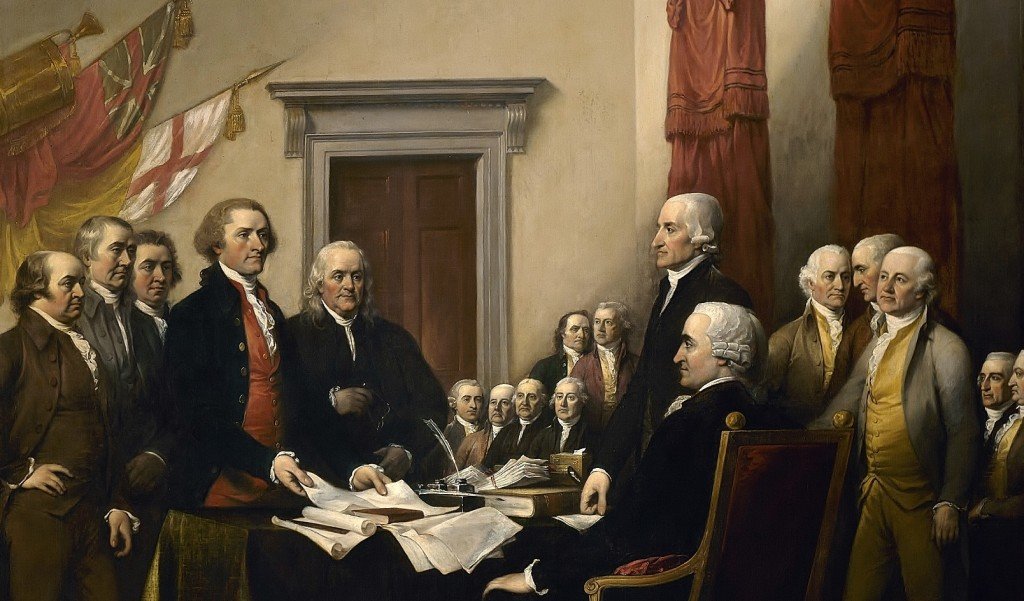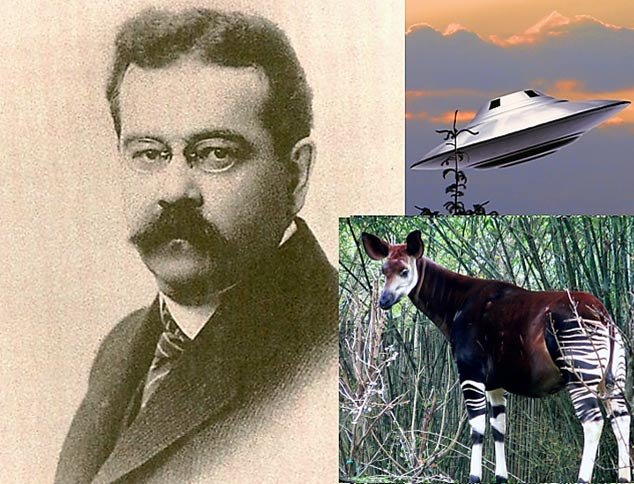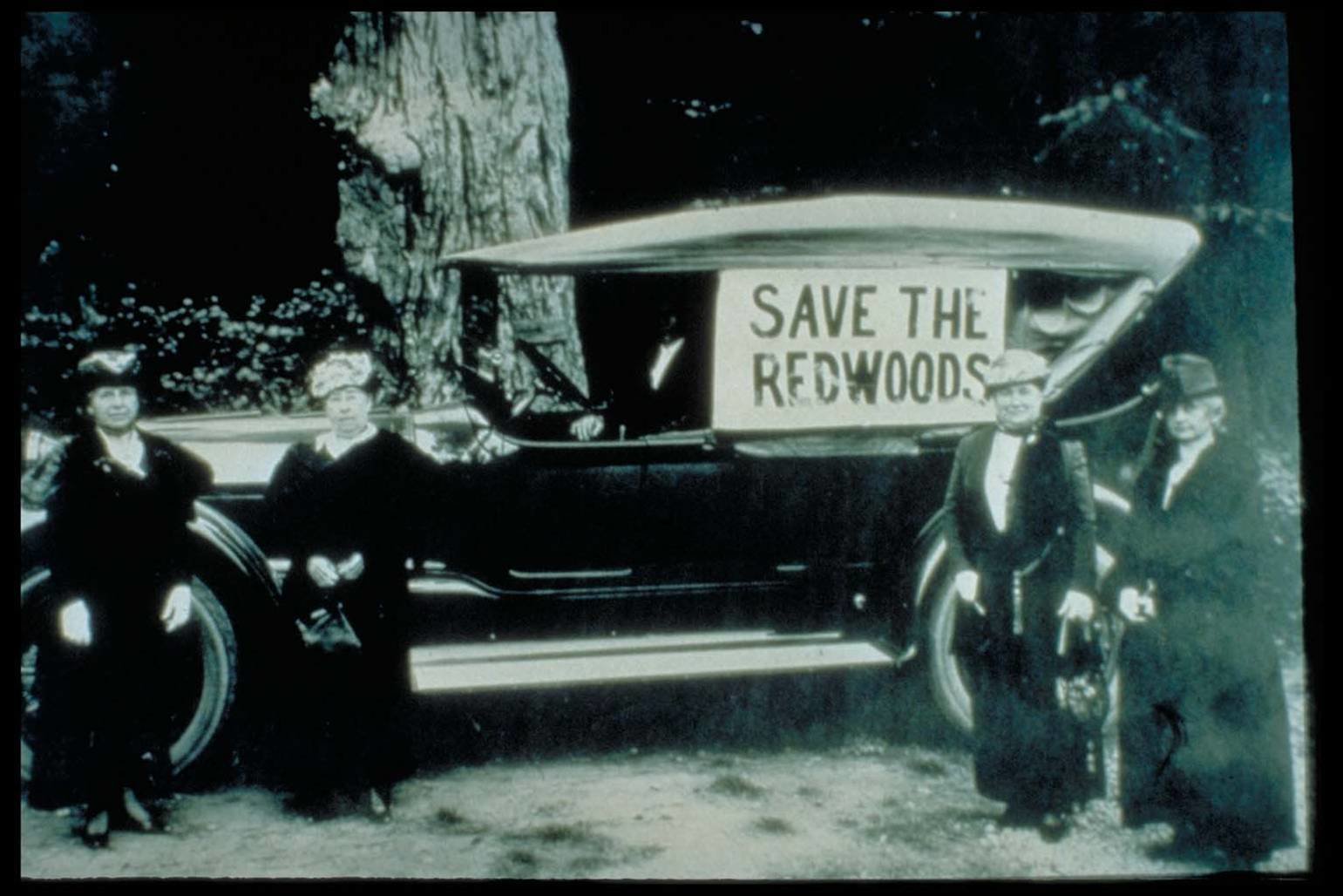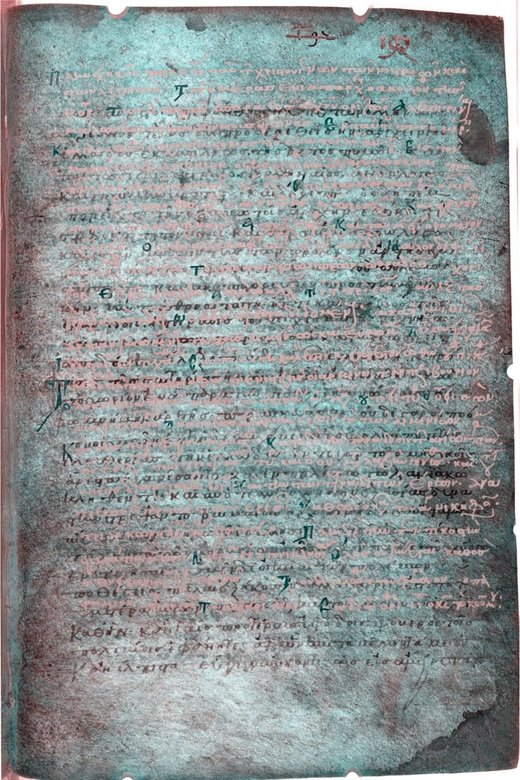
Researchers have analysed the DNA of 257 individuals from 120 different non-African populations around the world to look for traces of ancestry from Neanderthals and Denisovans — another group of ancient humans that lived at the same time — in the modern human genome.
Previous studies have shown that almost all present-day non-African people possess some Neanderthal DNA, while some people, particularly people from Oceania, also have Denisovan DNA.
The new analysis, published in Current Biology, indicated that modern humans interbred with Denisovans around 100 generations after their trysts with Neanderthals.
But hybridisation may have reduced male fertility according to evidence of significantly lower Denisovan and Neanderthal ancestry on the X chromosome and near genes more highly expressed in the testes than other tissues.
"They're exactly the parts of the genome that we would expect them to be deficient in if there was infertility in males who were hybrids," said study co-author Professor David Reich of Harvard Medical School.
"What they would reflect is that the males who happened to carry Denisovan or Neanderthal DNA in these sections were not as successful in terms of producing offspring as others, and because of that those sections were removed in that first handful of generations after the mixture occurred."
But even though we can see the "scars of infertility" in the genetic history, it is not relevant to the fertility of populations that contain that mix of ancestry today, Professor Reich said.












Comment: See also: 'Taxation is theft' meme goes viral